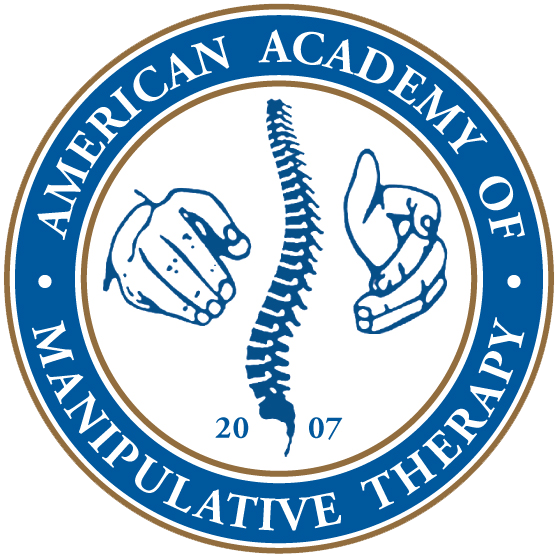Do you ask yourself these questions
Have you ever wondered what the audible “cracking” sound or “pop” associated with spinal manipulation really is? What is the average number of “pops” that should occur from a successful cervical manipulation? Is the “pop” or cavitation necessary to elicit the neurophysiological reflexive muscular relaxation of, for example, the scalenes or piriformis muscles? How much pre-load force do I need before I thrust the joint, and is this different in different spinal regions? How much peak force do I need to achieve successful manipulation in the upper cervical spine?
How fast do I need to be, and will more thrust speed reduce the peak forces needed to achieve cavitation of the target joint? That is, how high is the “high-velocity” in thrust manipulation of the spine? Is the acceleration of the thrust important? How long do I thrust for? Or what is the mean duration of a high-velocity low-amplitude thrust manipulation? Do the vertebrae actually move or change position when I manipulate them, is there evidence for this?
How much pre-manipulation rotation, lateral flexion….do I need? Does pre-thrust de-rotation displacement correlate with thrust displacement, thrust velocity and peak thrust acceleration; and more importantly, does it have anything to do with your success rates?
All of the above are technicalities, we know. However, on a Spinal Manipulation Institute two-day seminar, we strive to take you from where ever you are, integrate your existing knowledge with ours, fill in the missing links, and enable you to master the art and science of spinal manipulation. We will demystify it for you.




